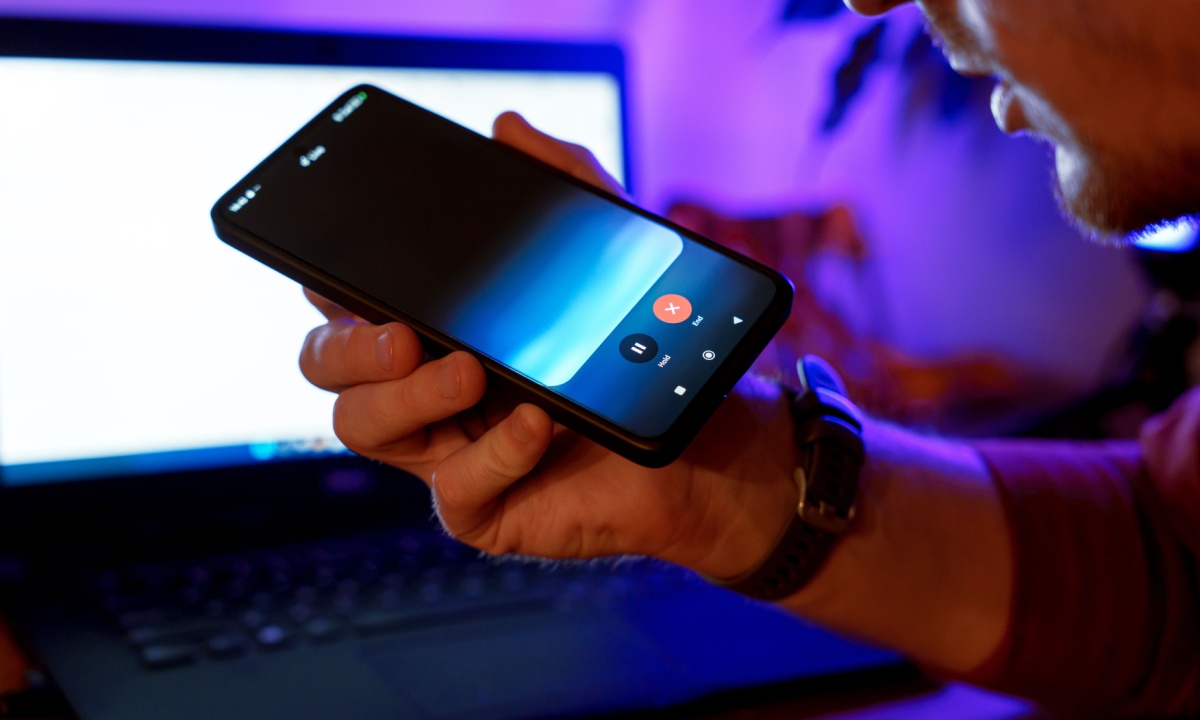Popular artificial intelligence (AI) chatbots often tout the availability of voice-activated features, joining a trend of speaking commands into AI assistants like Siri and Alexa.
But despite the growing availability of voice-enabled interfaces, a new PYMNTS Intelligence survey on generational use of AI shows that consumers across all age groups still find voice to be the least intuitive way to interact with generative AI systems.
Less than 20% of users of all ages surveyed cited voice as the easiest method for using gen AI tools, according to supplemental data from the report, “Generation AI: Why Gen Z Bets Big and Boomers Hold Back.”
“Despite growing interest in hands-free and conversational AI, voice interfaces lag behind in usability,” according to the survey. “Whether via mobile or smart speakers, no generation ranks voice as their preferred method.”
“This suggests a major opportunity for improvement if voice is to become a mainstream access point,” the report added.
The results show that while companies are increasingly integrating voice capabilities into AI tools — often marketing them as more natural or accessible — user behavior has not caught up.
This may be due to a variety of reasons, including privacy concerns, accuracy issues — especially when understanding accents — or discomfort with speaking to machines in public or professional settings.
Voice interfaces may also be struggling to meet expectations in performance and user experience. Users often expect seamless, near-human interaction with AI assistants, but latency, misinterpretation or rigid command formats can frustrate attempts at natural conversation.
Source: PYMNTS Intelligence
By generation, voice interface use ranges from 6% to 21%. At the low end, 6% of both Generation Z and baby boomers use voice prompts on a desktop or laptop computer. At the high end, 21% of bridge millennials use voice prompts on a mobile device.
Even among those using voice on mobile devices or smart speakers like Amazon Alexa or Google Home, preference remains low. Only 14% of respondents, on average, said they find smart speaker interaction easiest, while 18% cited mobile voice prompts.
The hands-down favorite? Using touch screens to interact with gen AI was preferred across generations, ranging from 28% to 35% for Generation X and Gen Z, respectively. Second was using keyboard and mouse, whose usage ranges from 18% (millennials and zillennials) to 35% (baby boomers).
The findings also highlighted differences in device preferences across generations. For example, Gen X respondents were split evenly between touchscreen and using the keyboard and mouse input (28% each), suggesting comfort with both modern and traditional interfaces.
The survey was conducted between June 5 and 27 among 2,261 U.S. consumers. Population weights based on the U.S. census were used to ensure the analysis is representative of the U.S. population.
PYMNTS Intelligence’s definition of generations: Baby boomers were born in 1964 or earlier; Gen X was born between 1965 and 1980; bridge millennials were born between 1978 and 1988; millennials were born between 1981 and 1996; zillennials were born between 1991 and 1999; and Gen Z was born in 1997 or later.
Read more:
AWS and Vonage Partner to Distribute ‘Natural-Sounding’ AI Voice Agents
Meta to Make a Bid for Voice AI Startup PlayAI
Voice AI Funding Surges 8X as Businesses Humanize Chatbots
